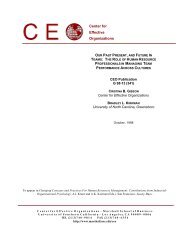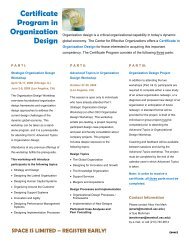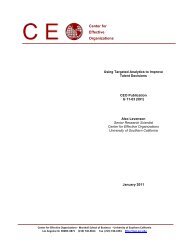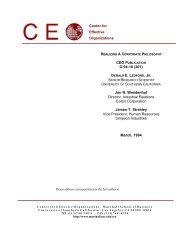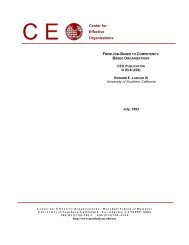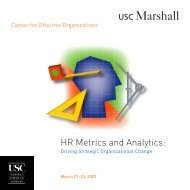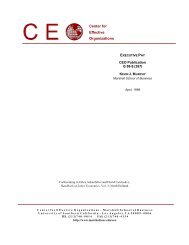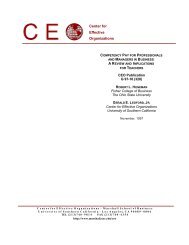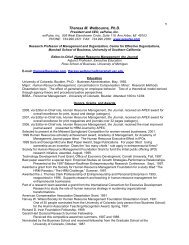Global Talent 2021 - Oxford Economics
Global Talent 2021 - Oxford Economics
Global Talent 2021 - Oxford Economics
- No tags were found...
You also want an ePaper? Increase the reach of your titles
YUMPU automatically turns print PDFs into web optimized ePapers that Google loves.
<strong>Global</strong> <strong>Talent</strong> <strong>2021</strong>How the new geography of talent will transform human resource strategiesFigure 7. Size of college-educated talent poolTertiary educated (“talent”): E7 and G7 countries—<strong>2021</strong>Brazil3%Japan7%Mexico3%Other10%China28%Russia11%India13%US25%Note: “Other” contains those withless than 2% of the total, includingCanada, France, Germany,Indonesia, Italy, Turkey and the UK.Source: <strong>Oxford</strong> <strong>Economics</strong>Will supply meet demand?Developing nations understand that as technology changes rapidly and diffusesreadily, sustained investments in education and training can pay off by helping youngworkers in their countries become critical players in future waves of innovation.There is no ironclad rule mandating that areas like the Silicon Valley in the USwill be the only home of future innovation and job creation, as nations like Chinaand India invest in industries ranging from life sciences to renewable energy andspace exploration. In fact, eight of the top 10 countries likely to boast the largesttalent surpluses a decade from now will be in the developing world, led by India,Indonesia, Colombia and South Africa. Even though these countries are expectedto experience robust economic growth, more skilled workers will be produced thanjob opportunities will appear.With the digital divide now operating in reverse, the South, rather than the North,could become the major source of technical talent a decade from now. Moreover,as the flow of capital and technology becomes increasingly frictionless across theworld, centers of innovation and product development are likely to spring up inpreviously unheralded regions.Cummins Inc. has experienced this shift firsthand. An engine manufacturer withoperations in 52 countries, Cummins now generates over 60% of its revenue fromits foreign operations, yet until recently ran its lone engineering center from itsheadquarters, in Columbus, Indiana. As new plants open in fast-growing marketslike Brazil and Turkey, HR executives like Paul Wright, the company’s <strong>Global</strong> DiversitySpecial Projects Manager, will need to recruit the right talent to fill those newlycreated jobs, and standardize job categories that exist in different geographies. “HRis at the center of planning now,” says Mr. Wright. “We’re trying to make it easierto identify and move talent around the world as we need it and to help offer peopledevelopment opportunities.”9OXFORD ECONOMICS



